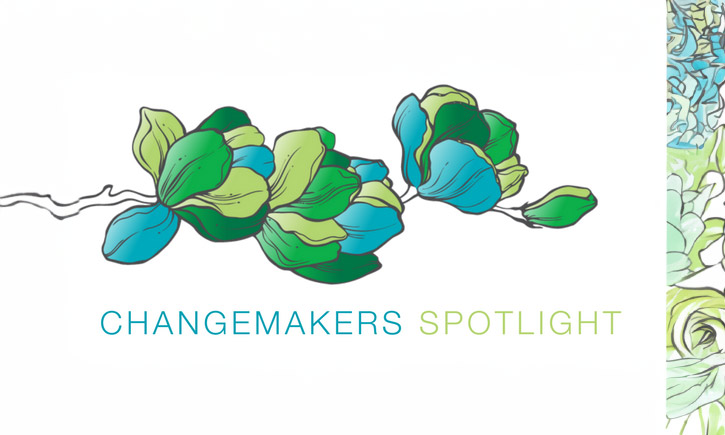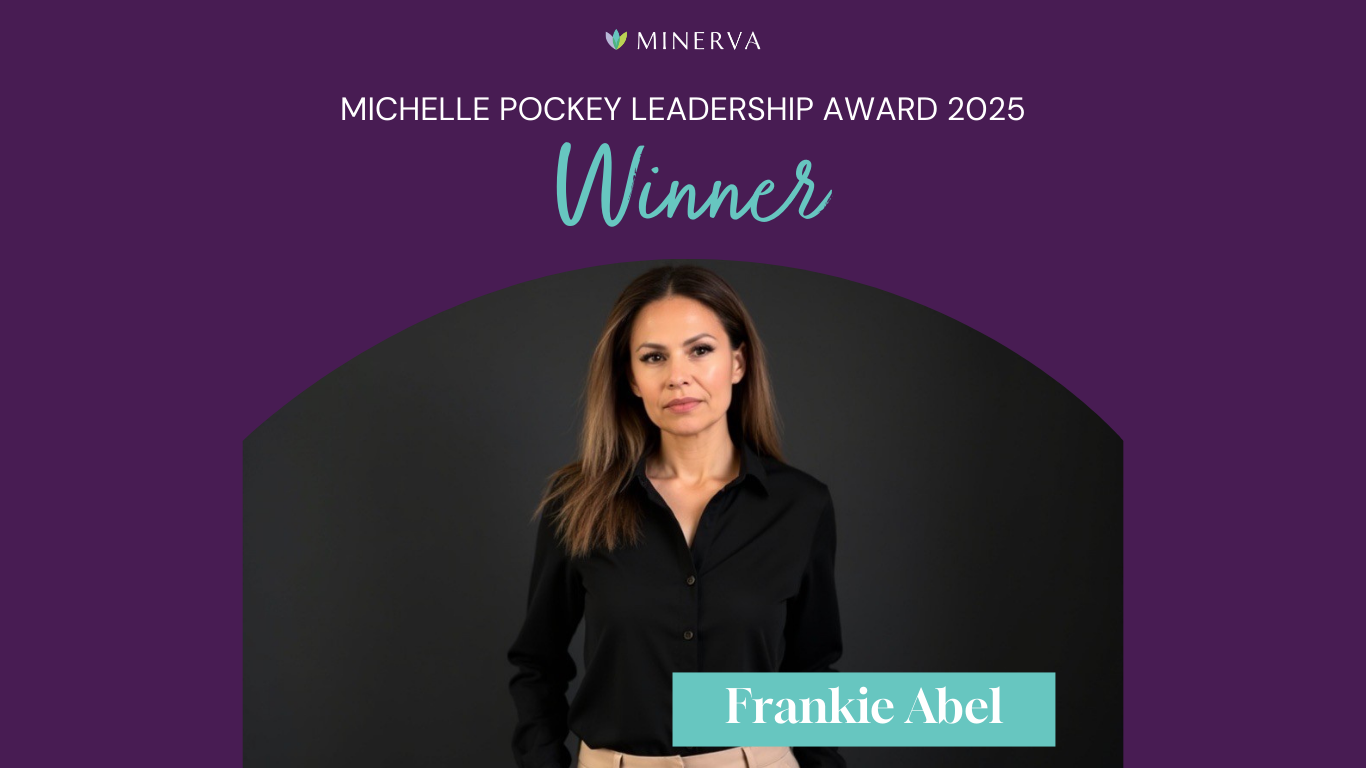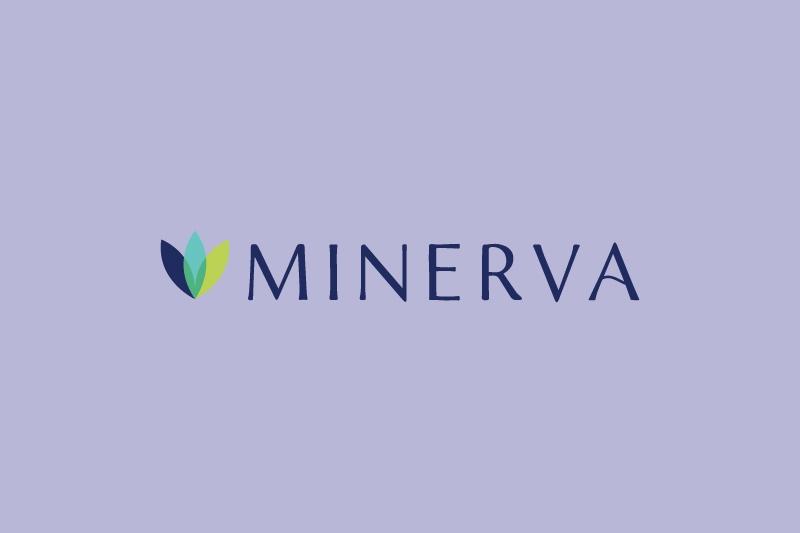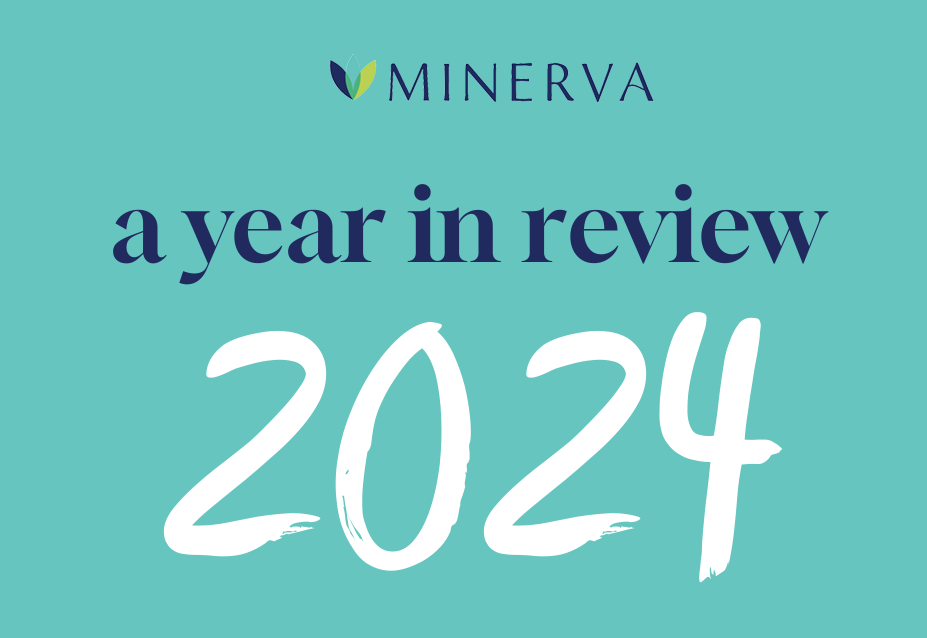Minerva BC had the opportunity of speaking with Barbara Meens-Thistle, VP of Central Services at ICBC, on some of the internal initiatives supporting gender diversity in ICBC’s leadership. ICBC has had tremendous success with increasing the representation of women in leadership roles by 24% in just three years. Currently, women represent 47% of leadership postitions at ICBC, but ICBC retains its commitment to reach complete gender parity by 2020. Barbara generously shared some of her experiences over the last three years in setting these goals:
What first prompted the internal initiative to address gender diversity at ICBC?
We confirmed the gender inequity in our management ranks (i.e. predominantly male) when we were in the midst of succession planning and reorganization a couple years ago. This led to a Diversity and Inclusion Survey that was sent out to the staff in 2015 so that we could better understand the demographics of our organization and the impacts on inclusiveness on our employees. When we received the numbers, it became quite clearly laid out that while over 65% of our staff was female, only about 23% were in management positions.
How did you begin to address this?
First, we made the commitment to have a 50/50 gender balance in our management team by 2020. Our HR committee of the Board was supportive as was our CEO and our executive team. Everyone believed we had a talented pool of people – men and woman – to fill leadership roles and that we had to address the systemic norms that were preventing more women from entering into management ranks.
You need your executives, and your board, to not just say they want gender parity and opportunities for women, but really be ready to demonstrate that they understand the work that’s included in this undertaking. You need their written commitment to examine policies, norms and practices that are getting in the way of women advancing. And fortunately, we had those leading indicator elements in place.
Some might have considered your policies controversial. What do you think?
To do anything aspirational, you need to set aspirational goals. One thing we did try, during a time when we were filling leadership vacancies, that we committed to identifying qualified women (no short list could only be male candidates) and, when there was an equally qualified man and woman, that the woman be chosen. When my internal recruitment team and external recruitment partners said there were “no qualified women available or had applied”, I had to put my foot down and say, “Do not tell me that there are no qualified women to be the Director of x or y – go back and look harder”. And sure enough, when they would come back after their search, they had found very qualified women. We actively promoted qualified women into manager and director roles. Some might have thought that the policy seemed unfair at the start, but the women who have landed in these roles have worked out so positively that it’s helped to change the norm. We gave the women lots of support (e.g. coaches, mentors, sponsor support) to help manage some of the negative perceptions that they were “only promoted because they were a woman”. And now we’re at 47% women in management roles in just 3 years. The lesson is that companies have to be willing to go one step further beyond saying they want equity in leadership roles, and ensuring it actually happens.
Can you describe some of the internal best practices supporting gender diversity that have been most impactful at ICBC? Have there been things that have worked or didn’t work?
We had to ask questions from top to bottom, “what’s stopping women in the process of moving up?” We formed Employee Resource Groups (ERGs) to create a more direct dialogue with our staff, which is more of a bottom-up approach. The Women in Leadership ERG shared their experiences with us and the challenges they felt with upward mobility. They identified qualification polices to move into more senior professional and leader roles – e.g. a post-secondary degree and/or a CIP (Chartered Insurance Professional) designation to advance into a senior role. But many women had made choices in their lives where going to (or back to) school wasn’t an option perhaps because of starting a family and caretaking responsibilities. Many women were excluded due to these qualification requirements which actually are proving not to be valid as to what makes a great claims manager! We are actively revising this policy.
What would you recommend as a good starting point for companies who are beginning to recognize the imperative for diversity?
Your approach needs to work from two directions. Start with gaining the commitment of senior level decision-makers, and then set up employee resource groups to work with staff directly. Be willing to hear what life on the ground is for them. Listen to their stories and empower them to ask for what they need, and then do the work.
What has been your experience in creating space and developing leaders of Indigenous descent?
At the time of our first Diversity & Inclusion Survey, many of our Indigenous employees revealed that they didn’t feel they were able to bring their whole selves to work. That was really troubling. When we started the ERG for Indigenous Peoples, the group decided they wanted to start with increasing awareness through education. For the first time, we held a company-wide Aboriginal Awareness Day this June.
Can you speak on the value of leaning on external resources or partners?
Absolutely. There are so many great resources and organizations out there to support and provide their expertise, including Minerva BC. There are also fantastic groups working with new immigrants and people with disabilities, and that’s really important because a part of supporting diversity is supporting those organizations.



